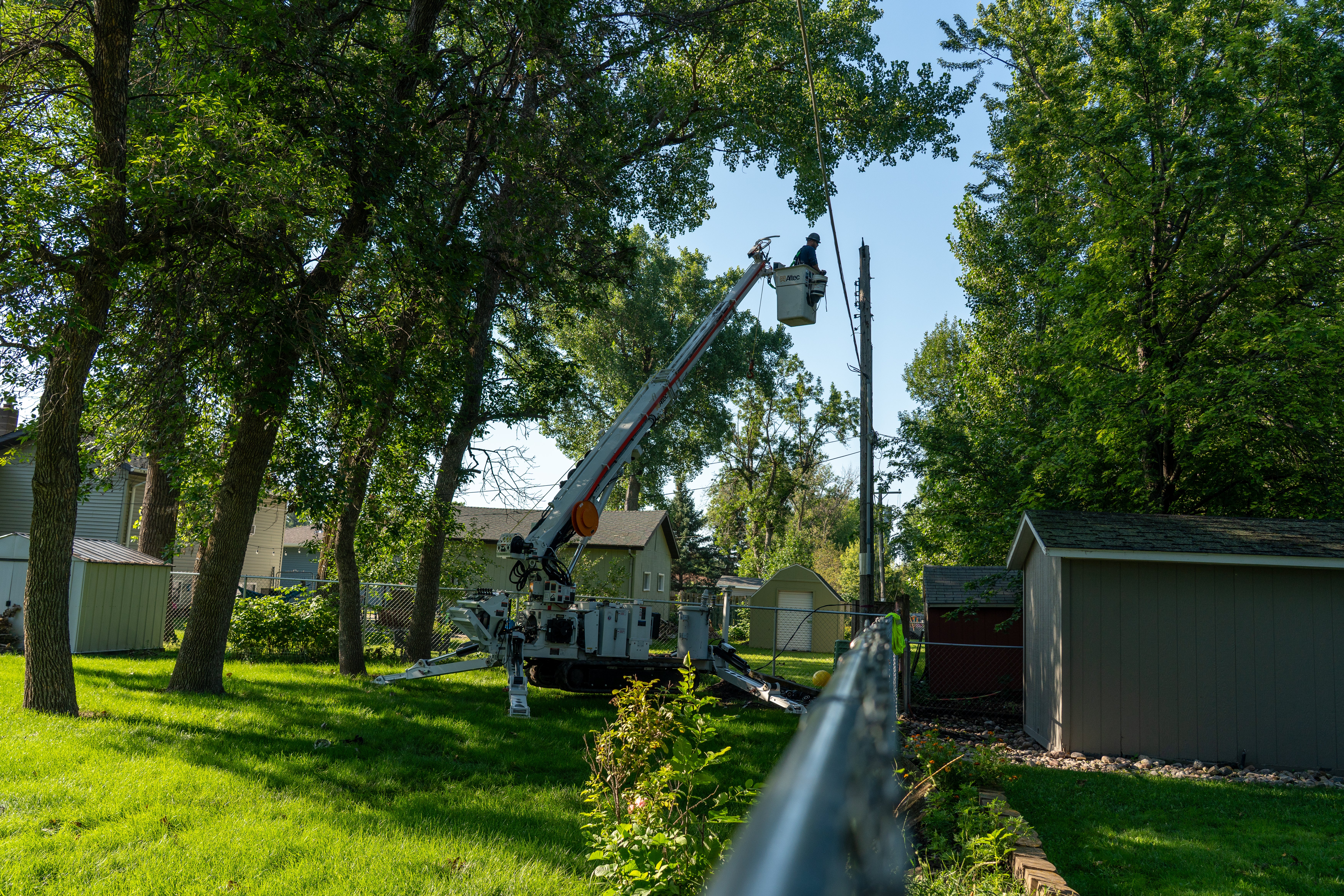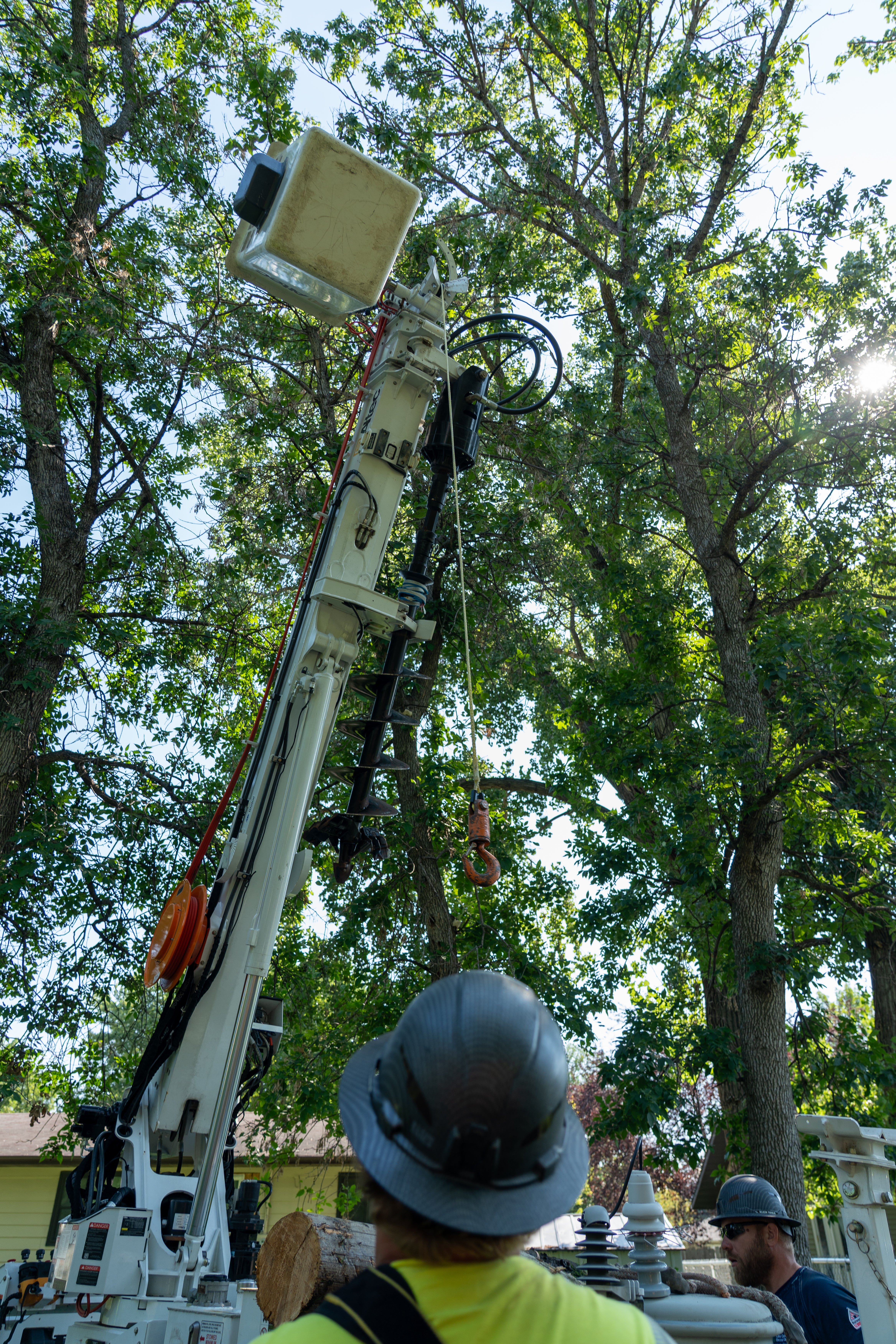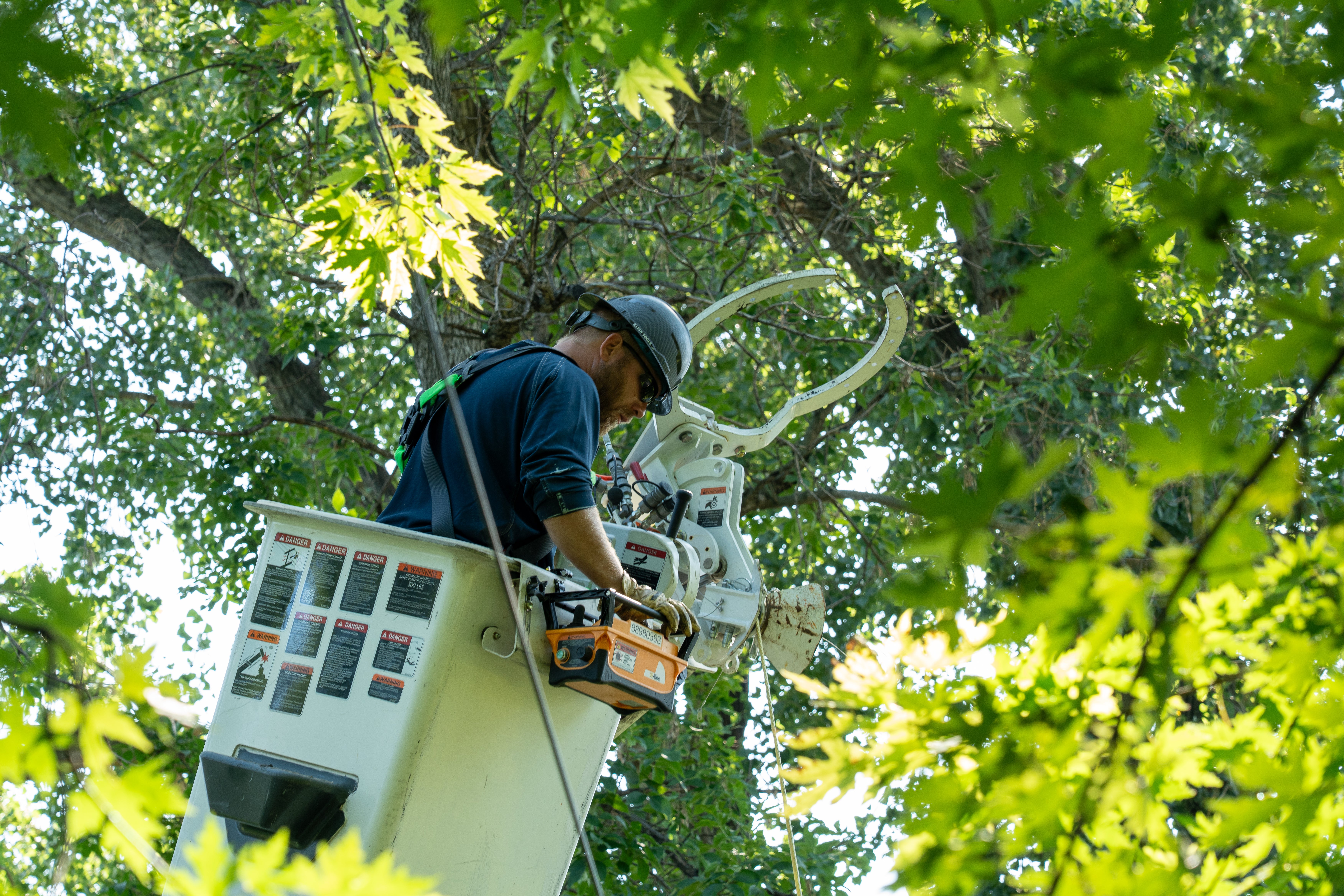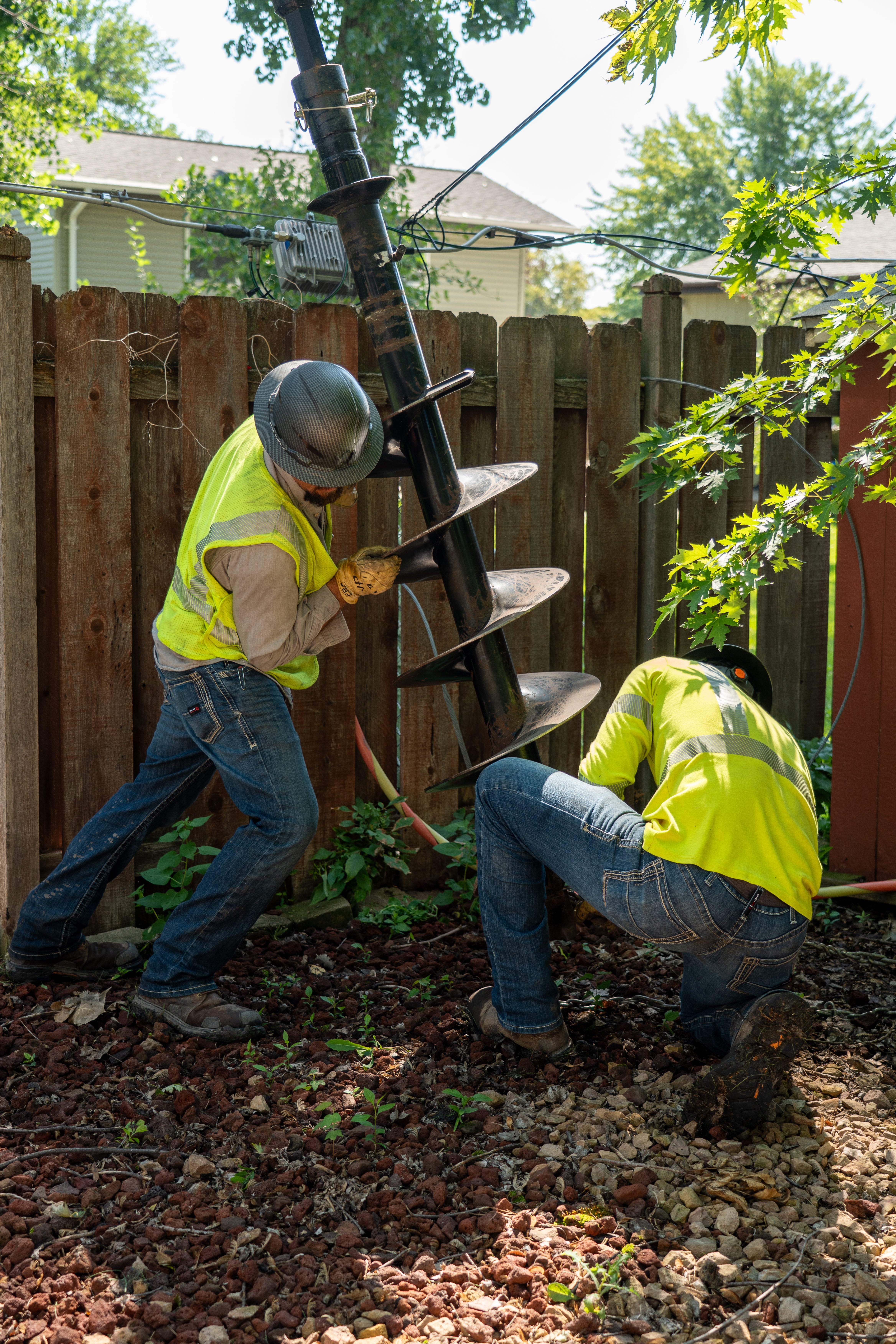We're hiring! Check out our opportunities on our careers page!
Our Office: 4100 32nd Ave. S. Fargo, ND 58104
Our Office: 4100 32nd Ave. S. Fargo, ND 58104
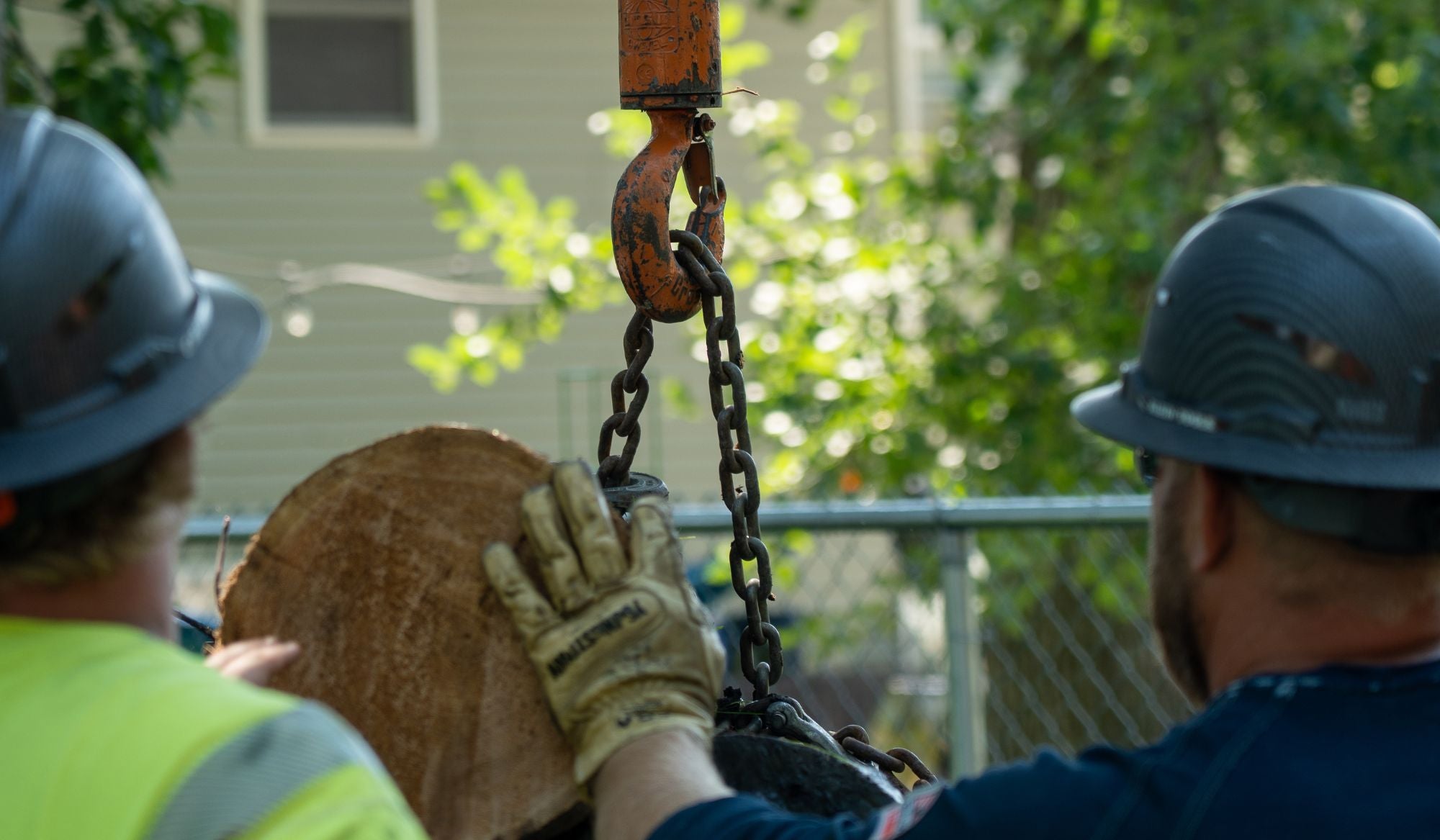
When you flip a light switch, you probably don’t think twice. The power is just supposed to work. But behind that small moment of convenience is a vast system of electrical cables, poles, equipment, and people working tirelessly to ensure that electricity flows safely and reliably to your home—day after day, year after year.
At Cass County Electric Cooperative (CCEC), reliability isn’t a bonus, it’s a promise. It’s why we’ve invested in a major system upgrade in the Westwood neighborhood of West Fargo, replacing aging overhead lines with modern underground infrastructure. The goal: to reduce outages, improve safety, and future-proof the grid for decades to come.
“This neighborhood was built in the late 1950s and early 1960s with infrastructure that just doesn’t align with today’s standards,” said Troy Knutson, engineering manager at CCEC. “Everything was overhead—and in fenced-in backyards—making access for repairs extremely difficult.”
Westwood is one of West Fargo’s oldest developments, and the electrical design was very much a product of its time: poles placed along property lines, power lines running through trees, and transformers perched like sentinels above sheds and swing sets. “It was kind of a double whammy of things we just don’t do anymore,” Knutson added.
For years, CCEC had considered updating the neighborhood’s aging infrastructure, with initial plans aimed for 2026. But when the City of West Fargo announced plans to replace the area’s water and sewer lines, it created the perfect window for collaboration. “We didn’t want to tear everything up again a year later,” said Knutson. “So we moved up our timeline and got to work.”
The results are more than cosmetic. While the old system still functioned, its age posed increasing risks, not just to equipment, but to crews and members. And in the event of an outage, navigating through fenced yards and trees could add hours to restoration times.
“We’ve had squirrel outages and transformer failures, typical things with overhead systems,” Knutson said. “But we knew that if we had a major issue, it would turn into a long, drawn-out outage. That’s the risk we wanted to eliminate.”
The project began in May 2025, involving everything from trenching and directional boring to rerouting service drops from the backyards to the front. In total, the project impacted over 60 homes. Each home received a new underground connection, and a third-party electrician assisted in converting existing overhead service to underground feeds.
To access the tight, fenced-in backyards, CCEC used a specialized tool known as a “backyard bucket,” a narrow, track-mounted digger designed for small, tricky spaces. It’s not equipment crews use every day, but for projects like this, it’s essential. And since it’s already on hand, CCEC is maximizing its value by using it for similar upgrades in Harwood and Briarwood.
“Underground systems don’t deal with wind, ice, or squirrels. You’re not trimming trees or replacing poles every few years,” said Knutson. “It’s not just about preventing outages, it’s about reducing maintenance, improving safety, and making the system more resilient.”
It’s also about planning ahead, a mindset that defines the cooperative difference. As a cooperative, CCEC takes a long-term, member-focused approach to system planning. “We think about what will serve our members best not just today, but 40 to 50 years from now,” Knutson said. “If I can make my successor’s job easier and safer down the road, that’s the route we’ll take. It’s part of how we look out for our members and each other.”
Member communication played a key role, too. Letters were sent out in advance, and CCEC’s Senior Design Project Manager, Brent Hodgson, coordinated directly with residents to secure easements and answer questions. While some members have understandably grown weary of months-long street construction, Knutson says the response to the electric upgrades has been largely positive.
“They may not realize how big of a risk we eliminated, but internally, we know this project will save us some serious headaches down the road.”
When all is said and done, the Westwood project is more than an infrastructure upgrade, it’s a reminder of what it takes to deliver power you can count on. We don’t just keep the lights on, we design and maintain systems built for long-term reliability and service to our members.
